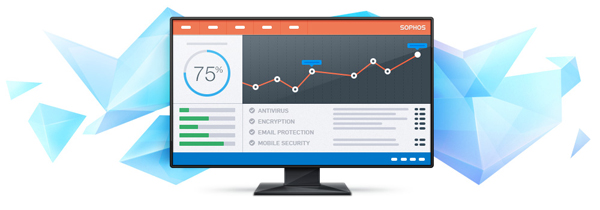

- #Endpoint protection client for mac computers and linux servers install
- #Endpoint protection client for mac computers and linux servers update
- #Endpoint protection client for mac computers and linux servers upgrade
- #Endpoint protection client for mac computers and linux servers full
- #Endpoint protection client for mac computers and linux servers free
What if I wish to perform a major upgrade of OS or kernel with SEP installed? Is a reinstallation needed? Installing Symantec Endpoint Protection clients with Remote Push (using the Client Deployment Wizard) is NOT supported. Can I push deploy the SEP for Linux client from the SEP Manager? Network protection components, such as IPS and firewall, are not available. SEP for Linux supports AutoProtect (real-time scanning) and scheduled scans. What components are supported on SEP for Linux? See System requirements for Symantec Endpoint Protection (SEP) for information on installing SEP for Linux. What are the requirements or pre-requisites for installing SEP for Linux?
#Endpoint protection client for mac computers and linux servers install
SEPM install is only supported on Windows Servers. See Supported kernels of Symantec Linux Agentįor SEP client version 14.3 MP1 and earlier:įor a List of Linux Distributions and Kernels with Precompiled Auto-Protect Drivers/Modules for Symantec Endpoint Protection for Linux 14.xįor specific SEP version requirements, see Release notes, new fixes, and system requirements for all versions of Endpoint Protection.
#Endpoint protection client for mac computers and linux servers free
If you’re not yet taking advantage of Microsoft’s industry leading security optics and detection capabilities for endpoints, sign up for a free trial of Microsoft Defender ATP today.
#Endpoint protection client for mac computers and linux servers update
If you are already running Microsoft Defender ATP for Linux preview, make sure you update the agent to version 101.00.75 or higher. To get started, visit our documentation: Please reach out to your account team for more information and eligibility. You can find this information in our product terms.

Microsoft Defender ATP for Linux requires the Microsoft Defender ATP for Servers license. Make sure to turn on preview features in Microsoft Defender Security Center to get the latest updates before anyone else and stay tuned to our blog and Twitter channel for the latest announcements. We can’t wait for you to become part of our Linux journey and try out new capabilities as they become available. We are just at the beginning of our Linux journey and we are not stopping here! We are committed to continuous expansion of our capabilities for Linux and will be bringing you enhancements in the coming months.
#Endpoint protection client for mac computers and linux servers full
This initial release delivers strong preventive capabilities, a full command line experience on the client to configure and manage the agent, initiate scans, manage threats, and a familiar integrated experience for machines and alert monitoring in the Microsoft Defender Security Center. It can be deployed and configured using Puppet, Ansible, or using your existing Linux configuration management tool. Microsoft Defender ATP for Linux supports recent versions of the six most common Linux Server distributions:

It makes Microsoft Defender Security Center a truly unified surface for monitoring and managing security of the full spectrum of desktop and server platforms that are common across enterprise environments (Windows, Windows Server, macOS, and Linux). Today we are excited to announce general availability of Microsoft Defender Advanced Threat Protection (ATP) for Linux!Īdding Linux into the existing selection of natively supported platforms by Microsoft Defender ATP marks an important moment for all our customers. To meet our customers where they are and relieve customer challenges in managing multiple security solutions to protect their unique range of platforms and products, we have been working to extend the richness of Microsoft Defender ATP to non-Windows platforms.


 0 kommentar(er)
0 kommentar(er)
